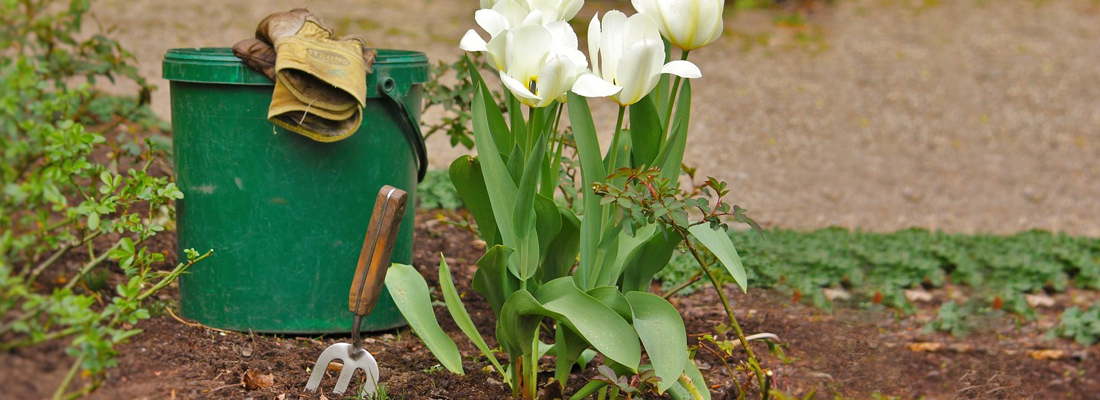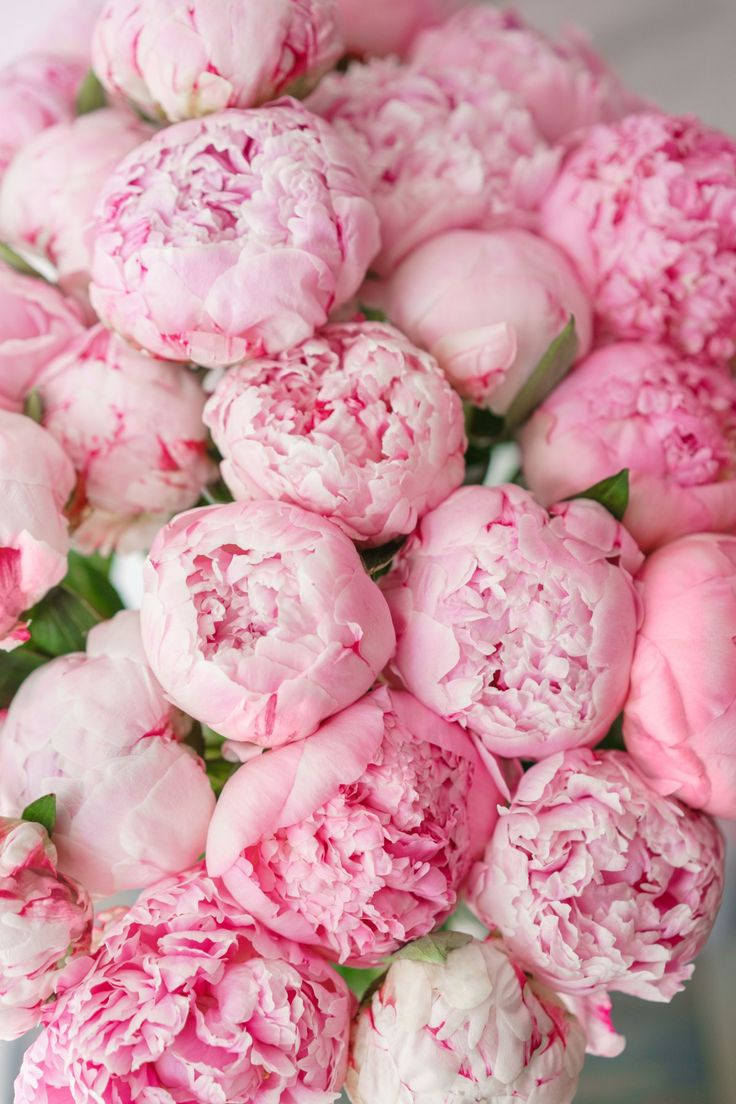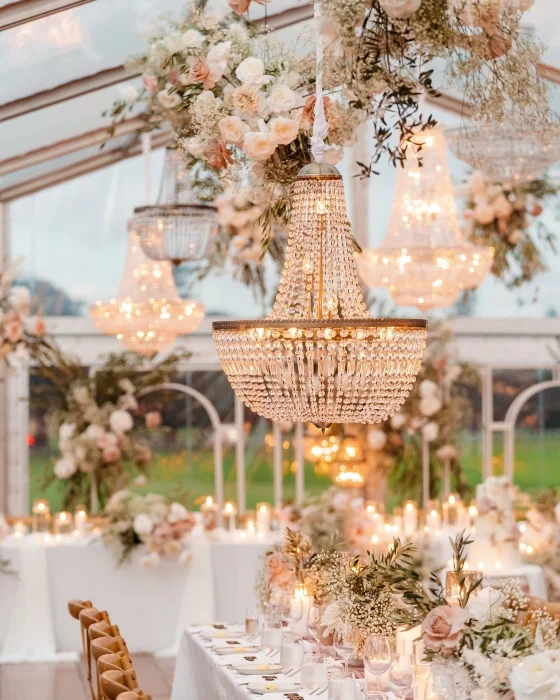Bulb plants are masters of transformation. Every spring, they bravely push through the soil and fill the garden with color — but their life doesn’t end when the petals fade. To ensure they come back strong next year, it’s essential to know how to care for them after flowering. In this guide, we’ll reveal the secrets of bulb maintenance so that your tulips, daffodils, lilies, and other favorites thrive season after season.
Bulb Life Cycle: What Happens After Bloom
A bulb is like a mini factory housing future growth — buds, leaves, and energy reserves all tucked under protective layers. Its annual cycle typically includes:
-
Dormant phase (winter): Bulb rests, conserving reserves.
-
Awakening (early spring): Metabolism resumes; roots and shoots develop.
-
Active growth & blooming (spring): Energy is used for flowers and foliage.
-
Post-flowering (late spring to summer): Leaves continue photosynthesis, sending nutrients back into the bulb.
-
Bulb maturity & preparation for rest (summer to fall): Foliage dies back, and the bulb enters dormancy, readying for its winter rest.
Understanding each phase helps you avoid mistakes — especially the temptation to trim foliage too early.
Post-Bloom Care: What to Do and When
Let Leaves Die Naturally
Resist the urge to cut off the foliage as soon as your flowers fade. The leaves continue to photosynthesize, producing sugars and nutrients that the bulb stores for next spring. Experts recommend leaving foliage until it turns yellow and withers on its own. Cutting it prematurely can weaken the bulb and reduce next year’s blooms.
During this period, continue moderate watering, especially if the weather is dry. Keep soil slightly moist — don’t let it dry out entirely.
Once foliage is fully yellowed and limp, you may gently fold it down and eventually trim it at the base.
Deadhead Spent Flowers
As soon as a bloom finishes, it’s good practice to remove seed heads (deadhead) to prevent the plant from diverting energy into seed formation. You want that energy channeled back into the bulb, building reserves.
That said, for smaller bulbs (like crocus), leaving seed heads may contribute to natural propagation — but for many bulbs, deadheading is preferred to support bulb strength.
Fertilize Wisely
About 1–2 weeks after flowering, apply a fertilizer that is low in nitrogen and higher in phosphorus and potassium (for example, 5-10-5) around the base of the plant. This encourages root and bulb development without forcing leaf growth.
If you plan a second feeding, do so 3–4 weeks later — but only if foliage is still green and active. Otherwise, skip it.
Avoid heavy nitrogen-rich fertilizers in the post-bloom stage, as excess nitrogen can promote rot or weak foliage.
Managing Bulbs in Containers
Bulbs grown in pots need extra care. Continue watering while leaves are green — though gradually reduce frequency as foliage dies back to prevent bulbs from rotting in overly moist soil.
Manage nutrients by reducing the strength or frequency of fertilizer applications. When foliage is fully gone, you may withhold both water and nutrition until next growing cycle.
For plants like indoor lilies or bulbs kept in pots year-round, put them into a cool, dry, somewhat dark place during dormancy.
Lifting, Drying & Storing
Not all bulbs are hardy in every climate. In regions where bulbs cannot survive winter in the ground, lift them once foliage dies back fully.
Steps to follow:
-
Gently dig bulbs, clean off soil, and remove any damaged or rotten ones.
-
Allow bulbs to air dry for 1–2 weeks in a shaded, ventilated area.
-
Store bulbs in a cool (but frost-free), dry, and dark location — e.g. a shed, crawlspace, or garage. Use materials like dry sand, sawdust, or mesh bags for ventilation.
-
Check periodically during storage and remove any bulbs showing signs of mold or decay.
If in your zone bulbs are hardy, you can leave them in the ground. Just ensure good drainage and avoid soggy soil.
When bulbs have crowded themselves over the years, reduce performance. Dig and divide clumps as needed — ideally during dormancy or early fall — rather than in spring, to avoid stress.
Final Thoughts
Proper post-bloom care is a patience game. Let the foliage do its work, feed smartly, and manage bulbs carefully. That’s how you ensure your tulips, daffodils, hyacinths, lilies, and other favorites return next year with vigor and beauty.




